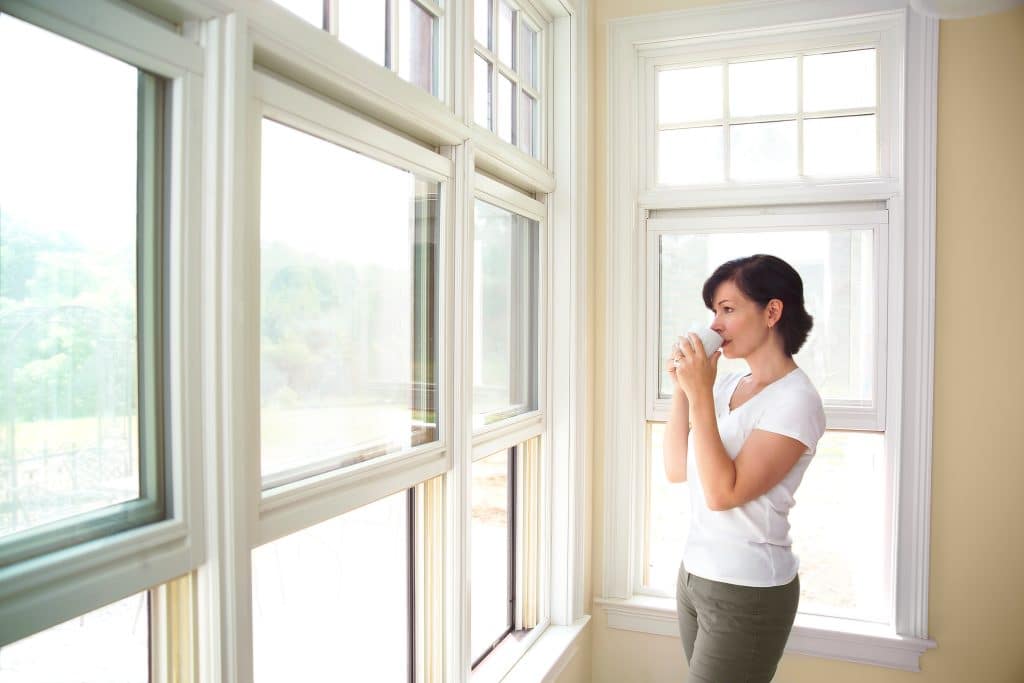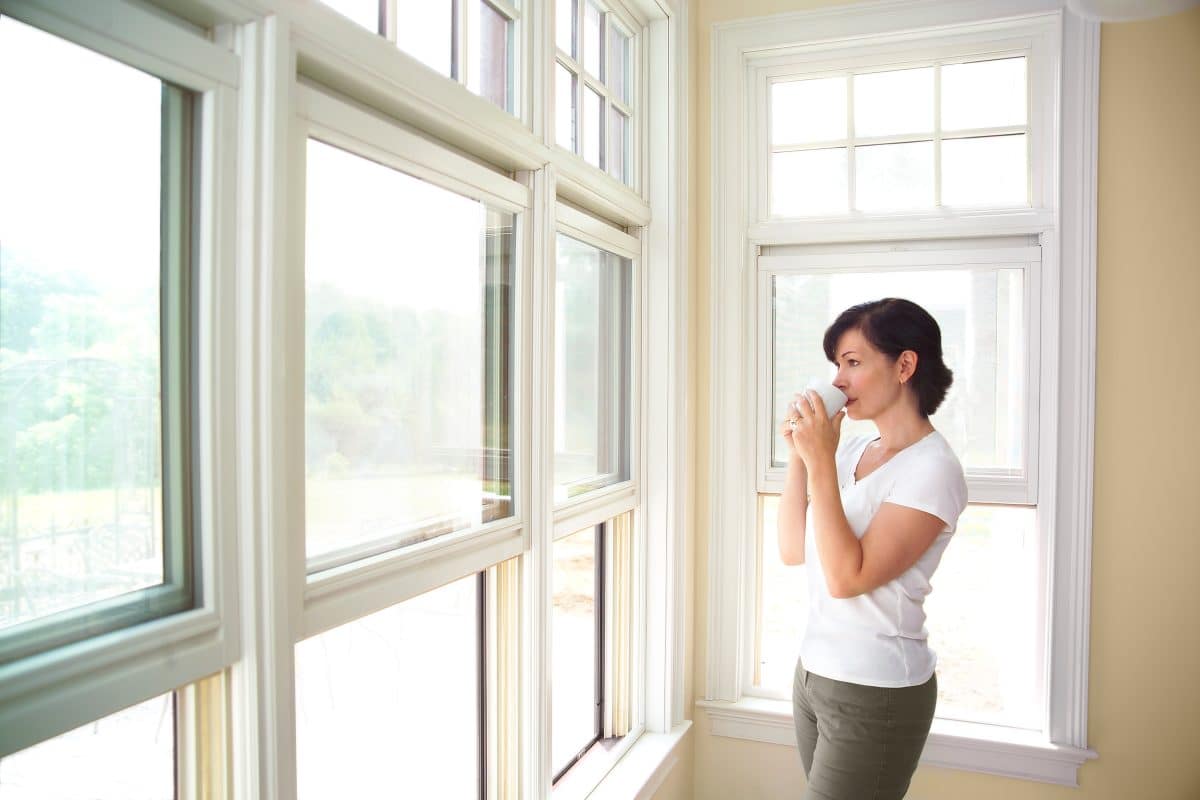Improving Energy Efficiency for South- and West-Facing Windows in North Texas Homes

Even the most efficient windows work harder on sun-facing sides of your home, especially the west and south exposures common in Texas. In a hot, sunny state like Texas, the sun’s angle, timing, and intensity all affect how much heat enters your home through the windows.
There are ways to mitigate the efficiency challenges of west- and south-facing windows to keep your home cooler, brighter, and more efficient year-round.
How Direction Affects Heat Gain
The sun moves across the southern half of the sky in Texas. Because of that, each side of your home is affected differently:
- East-facing windows get strong morning light, which can cause a brief temperature spike after sunrise but usually cools quickly.
- West-facing windows absorb the most intense heat of the day, especially in the late afternoon when temperatures peak.
- South-facing windows get steady sunlight throughout the day, especially in winter when the sun sits lower; this can actually be beneficial for passive heating.
- North-facing windows get the least direct sun and generally offer the most consistent, diffused light with minimal heat gain.
The key is to balance natural light and thermal control by choosing the right type of glass and window treatments for each side of your home.
East- and West-Facing Windows: Morning vs. Afternoon Heat
In Texas, east and west windows need the most attention.
East-facing windows welcome bright, low-angle sunlight early in the day. While this can feel pleasant during fall and winter months, it can warm bedrooms quickly and lead to glare. Installing low solar heat gain coefficient (SHGC) glass can minimize unwanted warmth while preserving the natural light.
West-facing windows are the real energy challenge. From noon to sunset, they receive harsh, high-intensity sunlight that pours heat straight into living areas. This not only forces your air conditioner to work harder but also fades furniture, flooring, and artwork that sit directly in the path of sunlight.
To reduce that late-day heat load:
- Choose Low-E glass designed for southern climates. These coatings reflect infrared light and block UV rays while maintaining clear views.
- Add overhangs or exterior shading like awnings or shade screens to block the low-angle sun.
- Consider tinted glass or reflective films that reduce glare and interior temperature spikes.
If your home has large west-facing windows, investing in advanced glazing can dramatically cut cooling costs during DFW summers.
Harnessing Light From South-Facing Windows Without Overheating
South-facing windows can actually help your energy efficiency if you plan strategically.
Because they receive sunlight for most of the day, they provide consistent illumination for living areas and spaces where you want natural light. In the cooler months, this solar exposure can reduce heating demand. However, in summer, south windows can contribute to heat buildup if left unshaded. To get the best of both worlds:
- Install Low-E windows with a selective coating that blocks heat but allows visible light.
- Awnings or roof overhangs can block harsh UV rays during summer when the sun is high, while letting in winter rays when the sun’s path is lower in the sky.
- Pair with light-colored window treatments or sheer curtains that diffuse brightness without trapping heat.
Done right, south-facing glass can provide balanced light and manageable warmth year-round.
North-Facing Windows Offer Cool, Consistent Light
North-facing windows are generally the most energy-stable. They receive almost no direct sunlight, which keeps rooms naturally cooler and free from glare.
That makes them perfect for studios, offices, and living rooms where even indirect light is preferred. Because they contribute little to passive heating, homeowners often choose standard double-pane or clear Low-E glass for north windows to maintain insulation without overpaying for high solar protection coatings that aren’t needed on this side of the home.
In Texas homes, north-facing windows can also help ventilate and balance indoor air temperature, especially when paired with cross-breezes from southern exposures.
Why Window Orientation Should Influence Your Glass Choices
Texas has one of the highest annual cooling loads in the country. The combination of long summers, intense sun, and mild winters means most of your annual energy use goes toward air conditioning, and windows are one of the largest sources of heat gain in the home.
By optimizing glass coatings, panes, and tints based on direction, you can:
- Reduce your cooling costs by up to 25%.
- Increase comfort in rooms that typically overheat.
- Extend HVAC life by lowering workload.
- Reduce glare while maintaining natural light.
Take the Guesswork Out of Window Replacement Decisions in DFW, TX
When you’re ready to upgrade, you don’t have to figure out all the technical details yourself. Window Zone helps Texas homeowners choose and install energy-efficient windows that are matched to their home’s layout, sun exposure, and aesthetic preferences.
Call Window Zone today at 469.557.6333 for a free window replacement quote. Discover how the right glass, installed on the right side of your home, can make a big difference in home comfort.

